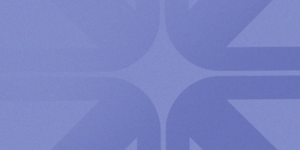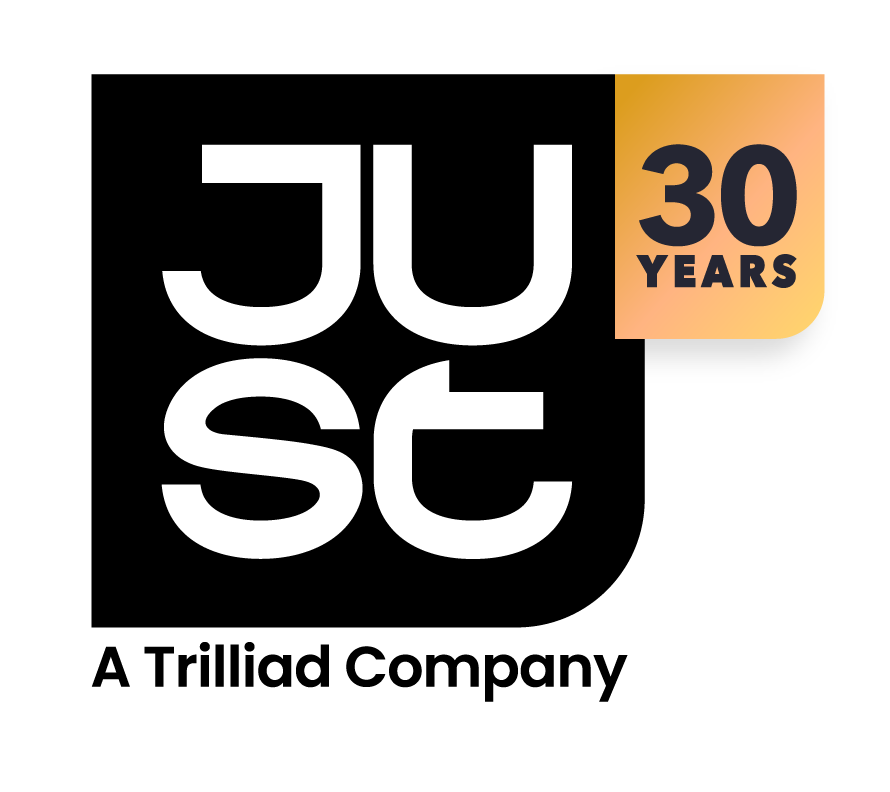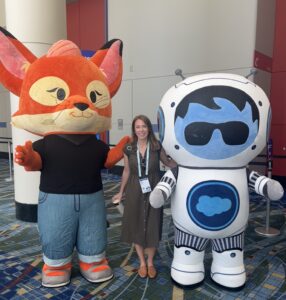
Market Before You March: Why B2B Growth Starts with Sizing and Segmentation
Market expansion isn’t about chasing volume—it’s about making smarter moves. This article explores how B2B brands can use market sizing and segmentation to prioritize high-opportunity regions, align global and regional teams, and scale with precision.



